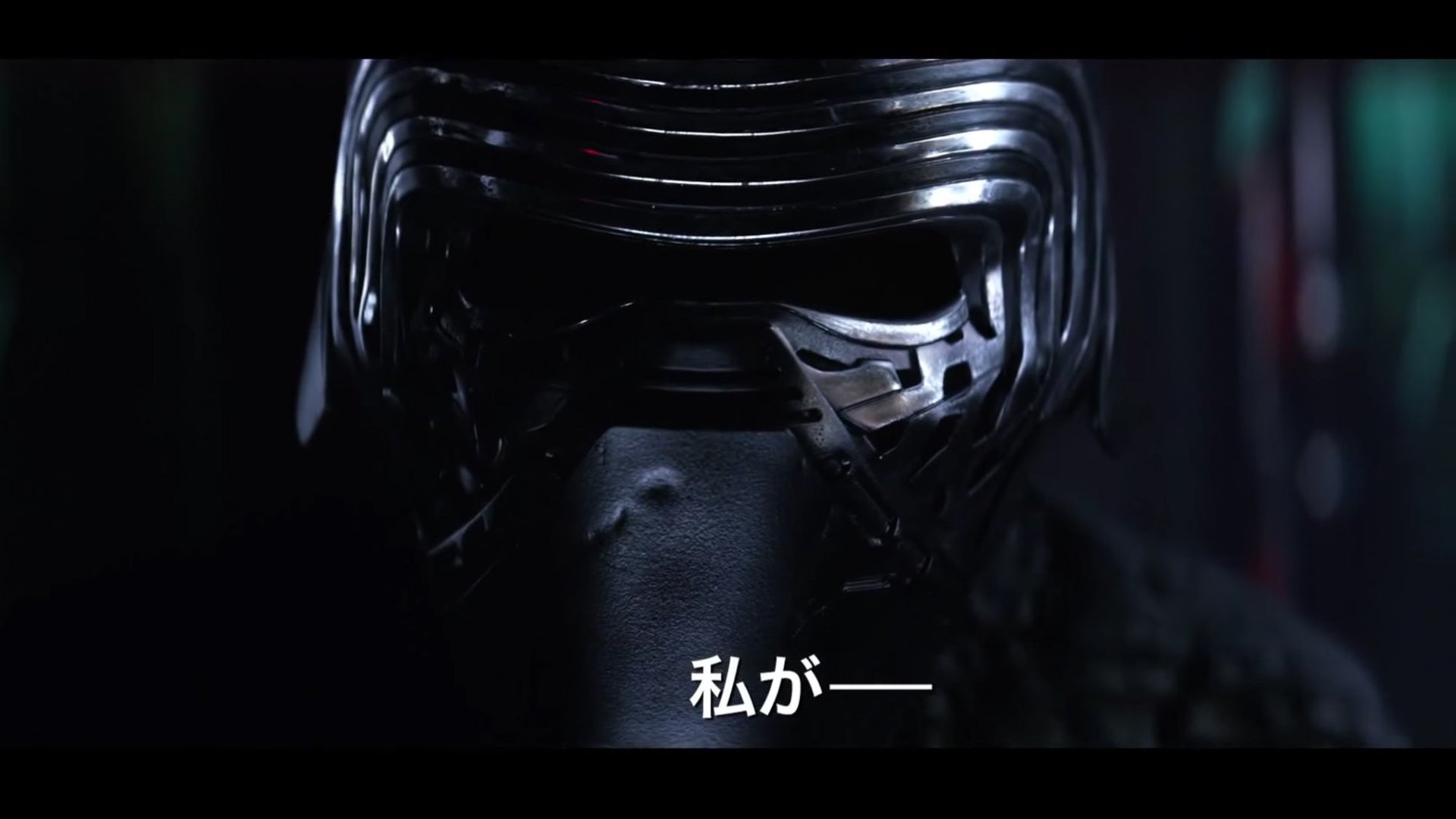Why never-before-seen Star Wars clips are floating around the internet
A long time ago, on a TV channel far, far up in the listings, a theatrical trailer for the upcoming Star Wars: The Force Awakens film was released in the US.


A long time ago, on a TV channel far, far up in the listings, a theatrical trailer for the upcoming Star Wars: The Force Awakens film was released in the US.
That was Oct. 20 on the Disney-owned channel, ESPN. On Friday (Nov. 6), a new trailer dropped for the upcoming movie. It was for the Japanese market, but this being 2015, it took almost no time for the trailer to be uploaded to the internet, and shared around the world.
The new trailer was shorter than the US version, but somehow seemed to pack in more information and action. Two days later, another new trailer dropped, this time on Twitter.
This even-shorter trailer had new music, new action sequences, and a new voiceover from an as-yet-unidentified female character. The Twitter trailer will be the one that Disney likely airs ceaselessly on US television between now and the film’s release in mid-December.
Why did Disney, which bought Lucasfilm—the production company behind the Star Wars franchise—in 2012, choose to release these two trailers over different media, arguably for different audiences, if we’re all going to see them and dissect them on the internet? Pretty much for that exact reason. Star Wars is a global phenomenon, and Disney knows this. Releasing an altered trailer for the Japanese market builds buzz in that part of the world—Bloomberg points out that Japan is only behind the US and China in annual box office revenue.
It also allows for overeager fans around the world—who have arguably spent 32 years waiting for another good Star Wars film to be released—to pick apart every aspect of the new trailer, generating still more buzz. Time Magazine took a look into the Japanese subtitles on the new trailer, to see if any information could be gleaned from those alone. (Spoiler: the answer is maybe.) The Guardian pulled out six instances from that Japanese trailer alone, trying to figure what the film will actually be about, but without much luck.
Releasing a short trailer on Twitter—a social medium that thrives on quick, instantly shareable moments—also added to the marketing fervor, like the internet equivalent of dropping a thermal detonator in Jabba’s palace.
Star Wars has never had a marketing issue. Back in 1999, when the series was revived with the prequels, the toy manufacturer Hasbro, which was the main licensee of the Star Wars brand for toys, generated $4.23 billion in revenue—36% of which was attributed to Star Wars toys. Things are likely to be even grander this time round for Disney and the myriad companies licensed to make Star Wars merchandise.
In its quarterly earnings report last week, Disney said that its consumer products revenue jumped 11% to $1.2 billion, which it attributed partially to an increase in demand for Star Wars merchandise. Disney bought Lucasfilm for $4 billion, and it’s estimated that ticket sales for The Force Awakens will bring in $2 billion. Including all the toys, DVDs, clothing and assorted galactic junk are sold to excited kids (and probably a lot of adults) after they’ve seen the movie, it’s not crazy to think that Disney might make back its investment, having made just one Star Wars film.
There are at least a four more planned for the next few years.
So Disney will likely release more snippets and teasers around the world and through various different channels over the next few weeks, building up the global excitement to a fever pitch. And after the film is out, Disney will start the process over again for the next film—a cycle it’s perfected with its animated releases, and its Marvel superhero movies. The force is strong with this one.